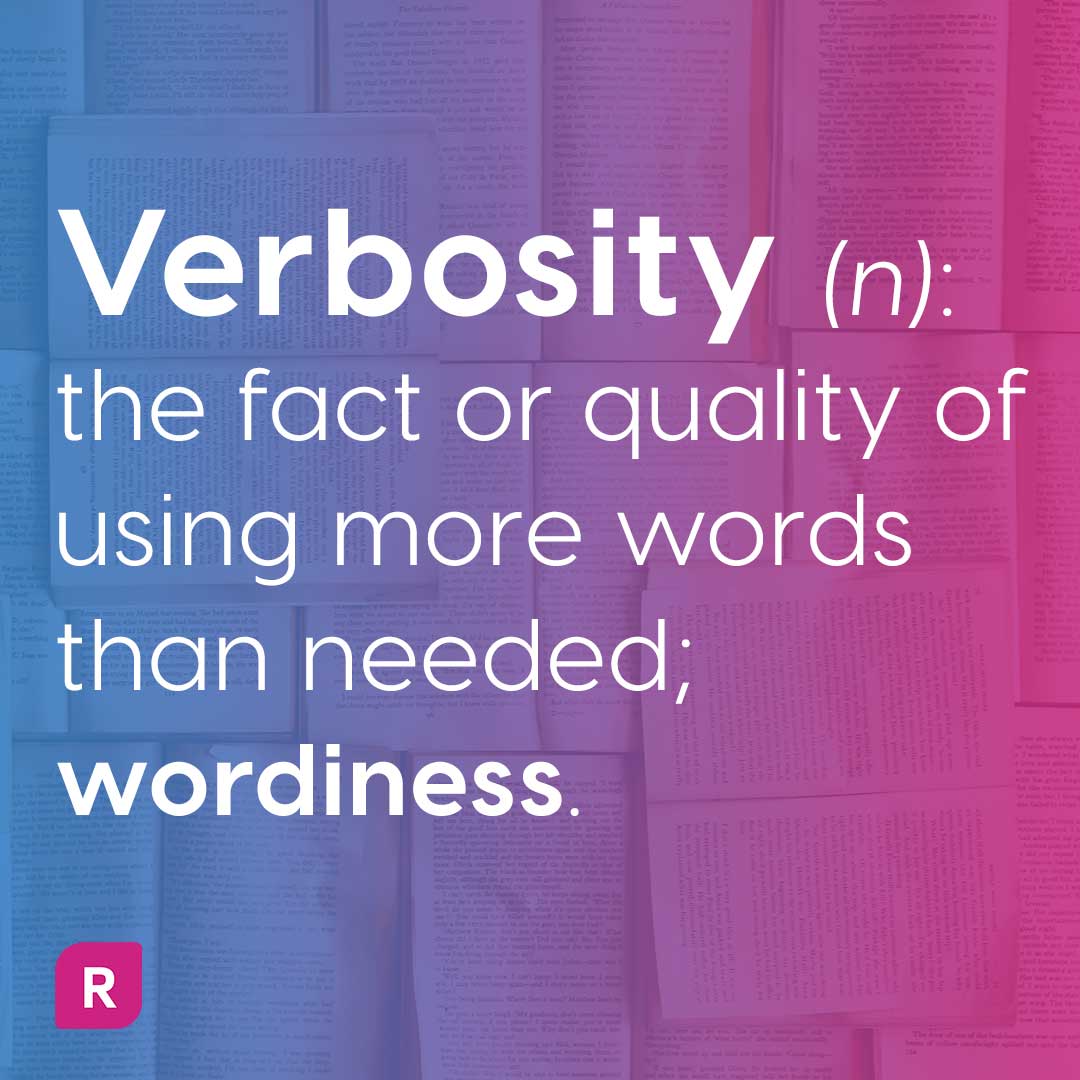You want to improve readability. Now you need some key strategies in place to make that happen. We’ll highlight some actionable steps you can take so you can confidently go forth and clarify your content.
What is readability?
Readability is about communicating ideas in the clearest and most accessible way possible.
Most people are busy. They don’t have the time to unpack overly long sentences and complex diction.
As the Center for Plain English explains:
“Readability is about making your digital content clear and easy to understand. When you focus on readability, you increase the chance your target audience will actually read and interact with your content. For this reason, readability should be a natural part of your content management.”
Why is readability important?
Imagine you’ve been hired to teach high school English. The problem is, you’ve never created a lesson plan. So, you search the internet for “how-to” articles on creating lesson plans. You find one that’s right up your alley: “How to create an English literature lesson plan.”
You encounter this sentence:
“In order to obviate the predictable tendency for some students to equate the nuances of literary criticism with more egalitarian notions, such as that which asserts that all critical assessments are of equal value (often in reality an attempt to defend unsupported opinion), you should emphasize the necessity to provide copious documentation from authoritative sources.”
Here’s the problem. You’re smart, but you’re also busy—and you need answers, now. If you had the time, you could slog through that sentence and make sense of it, but, why should you?
"You’re smart, but you’re also busy—and you need answers, now."
The writer could have said the same thing in different words, like these:
“Some students will tell you every opinion is equally valid. This is usually an attempt to avoid going to the library to see what major critics have said. You should insist that these students support their ideas with reliable sources.”
We'll go through how to correct statements as above and some simple strategies for improving readability.
Are there proven strategies to improve readability?
Proofreading your copy with Readable is an actionable, systematic process. Creating readable content takes work and attention to detail. Using our highlights, feedback and score tabs, you can quickly find the parts of your text that need the most attention.
Here are 7 strategies to simplify your writing and improve the readability of what you write:
1. Use short, easy words.
The more syllables your words have, the harder they are to read. Don’t use a 4-syllable word if a 2-syllable word works just as well. Also, consider that not everyone has the same vocabulary as you. If you use words like “inchoate” or “inordinate,” you’re going to lose most of your readers. Readable will help you. We pick shorter words by suggesting synonyms to give you a great alternative. Simply hover and click.
2. Shorten your sentences.
Keeping your sentences short will correct convoluted sentences, increasing readability.
If you have long sentences in your copy, try breaking them up into several short sentences. Do this by focusing on the principle of ‘one idea per sentence’. Do you have more than one idea in a sentence? Starting a new sentence instead is a good rule of thumb.

Look for the ‘very long sentences’ count within your readability results. Clicking on this count will help you navigate through the sentences which take priority in your initial edits.
3. Nix some of your adjectives and adverbs.
Adjectives and adverbs, also called “modifiers”, slightly alter the meaning of a noun or verb.
That modification process requires the brain to do extra work. Unless your adverbs or adjectives are vital to the meaning of a sentence, cut them.
4. Drop the jargon.
Most occupations use language that’s not used by the general public. Remember who your audience is when you’re writing.
Unless you’ll only be read by people in your profession, replace insider jargon with the layperson terms.
5. Use reader-friendly fonts.
You might be tempted to use “fancy” fonts (like Papyrus) to make your writing look more authoritative. Sadly, they make your text less readable.
Use fonts that are easy on the eye, including Times New Roman, Arial, Helvetica, and Open Sans. There’s a reason these fonts are widely used on webpages.
6. Break up your copy.
Just as long words and long sentences tend to compromise readability, overly long paragraphs tend to confuse and frustrate readers.
Break up your copy using helpful headers and bulleted lists.
7. Test your writing using readability formulas, and aim for grade level 7 or 8.
A reading grade of 8 is the average for the general public.
This means you’re making your writing more readable and accessible to a wider readership.
There are several popular readability formulas to test the readability of your writing, including:
- Flesch-Kincaid Reading Ease. This mathematical formula measures the average number of syllables per word and the average number of words per sentence. The results appear as a score from 1 to 100, where 1 is the hardest to read and 100 is the easiest. In general, you want to see a score between 60 and 70.
- Flesch-Kincaid Grade Level. Flesch-Kincaid also uses a mathematical formula, in this case to measures syllables and sentence length. The results appear not as a score, but as a grade level—for example, “12” means that the writing can be understood by someone at the 12th-grade level. You should try to produce writing which is at the 7th to 8th-grade reading level.
- Gunning-Fog Score. Gunning-Fog looks at complex words (defined as those with 3 or more syllables), as well as proper nouns, jargon and compound words. Like Flesch-Kincaid, it renders results as a grade level, but in this case with no upper limit. As an example, the New York Times scores an 11-12 in Gunning-Fog, while highly complex technical documents could easily score as high as 15. The ideal score is a 7 or 8.
- Coleman-Liau Index. This formula looks at the number of characters, rather than words or syllables. Results appear as a grade level, from 1 to 12. As with the tests above, the recommended Grade Level is 7 or 8.
- SMOG Index. “SMOG” stands for “Simple Measure of Gobbledygook”. This formula extracts 30 sentences from a document—10 from the beginning, 10 from the middle and 10 from the end. It counts every word with 3 or more syllables in each of the 3 groups, calculates the square root and rounds to the nearest 10, then adds 3 to that number. The result is a grade-level score, with 7 or 8 being ideal.
- Automated Readability Index. This considers characters (not syllables) per word and words per sentence. It also renders a grade-level score and, once again, Grade Level 7 or 8 is recommended.
Improving readability makes your writing stronger, trimming it down to its essentials and cutting out excess. This enhances the integrity and authority of your writing.
The more readable your copy is, the more interesting it is. And the more accessible it is to your target audience.


